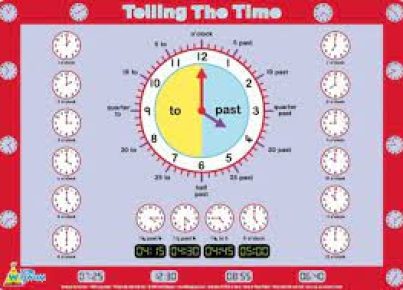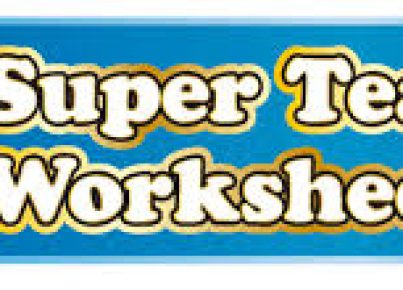Navigating the world can be both fun and educational with the right approach. Whether you are a teacher, parent, or simply someone who enjoys imparting knowledge, teaching directions is a crucial skill for young minds to master. Here are ten entertaining and effective activities that can help learners grasp the concept of directions and build the necessary spatial awareness.
1. Compass Rose Craft:
Introduce children to the cardinal directions by having them create their own compass rose. Provide a template and let them color, cut, and paste their very own compass rose. This activity aids in visualizing North, South, East, and West.
2. Treasure Hunt Game:
Set up a treasure hunt by hiding objects around your teaching area or classroom. Write clues using directional language (e.g., “go two steps north”) for participants to follow. This encourages active learning and teamwork while reinforcing directional concepts.
3. Simon Says: Directional Edition:
Transform the classic game of “Simon Says” by including directional commands like “step forward,” “turn left,” or “move diagonally.” In this way, players become more aware of movements corresponding to specific directions.
4. Geocaching Adventure:
Introduce geocaching to your learners as a fun way of exploring their environment while gaining an understanding of coordinates and navigation. All you need is a GPS device or smartphone and some creativity.
5. Direction Charades:
In this engaging group activity, one person picks a card featuring a direction-related phrase (e.g., “following a map”) and acts it out without speaking. The others must guess what it is to learn about various aspects of navigation and directions in an enjoyable and interactive way.
6. Cardinal Directions Relay Race:
Set up cones representing North, South, East, and West in your designated play area. Divide participants into teams and have them race to touch each cone following a set sequence of instructions. This activity enhances the physical aspect of learning and reinforces cardinal directions.
7. Human Board Game:
Create a large grid on the ground using chalk or masking tape, and have children move through the grid following directions provided by a “caller.” This enables learners to grasp the concept of coordinates and plotting on maps while enjoying a giant-sized board game.
8. Blindfolded Obstacle Course:
Set up an obstacle course and pair up learners, one blindfolded and the other giving verbal instructions using directional language. Not only does this challenge their communication skills, but it also reinforces directional vocabulary.
9. Map Drawing:
Provide students with a simple map template and instruct them to draw their route from home to school or another familiar place. Encourage the use of landmarks, compass points, and street names for a comprehensive understanding of navigation.
10. Around The World Quiz:
Organize a quiz based on world geography, asking questions related to continents, countries, cities, and major landmarks’ relative locations (e.g., “What country is north of Canada?”). This method helps students develop their ability to identify relationships between places on Earth.
Choose one or more of these enjoyable activities to make learning directions fun for you and your students. By combining play with education, you’ll provide an unforgettable experience that fosters long-lasting knowledge acquisition.





